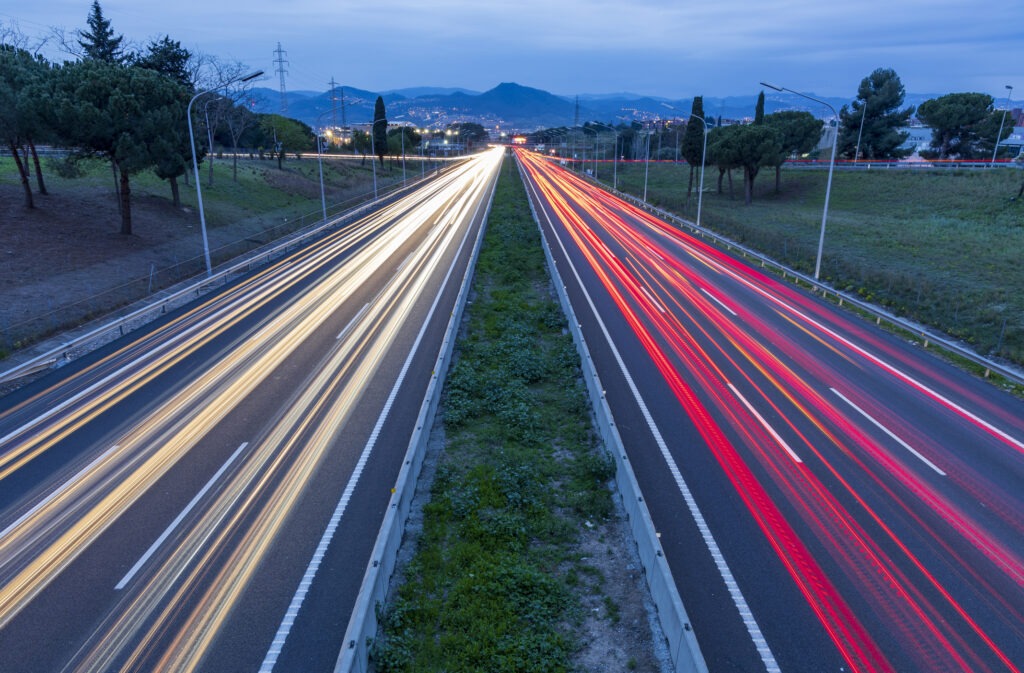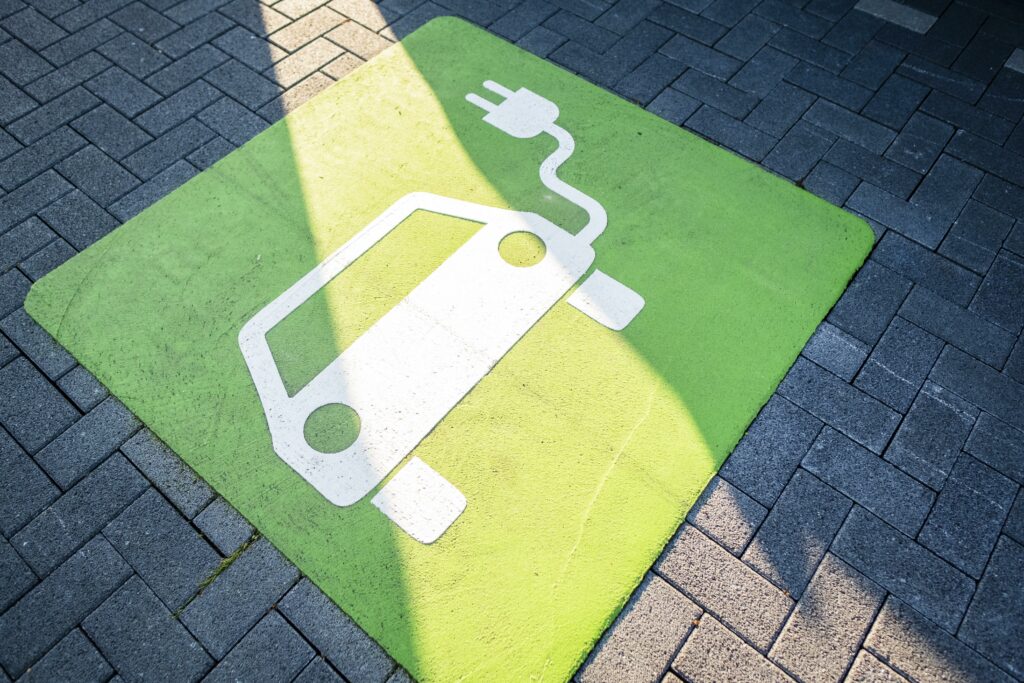Better than expected growth in big European markets during August
13 September 2023

The new-car markets of France, Italy and Spain all saw gains in August, continuing a period of growth for the automotive industry in key European sectors.
France saw the greatest gain in the month, up by 24.3% compared to the same month in 2022. This was followed by Italy, which was up 12%, and Spain with 7.8%. This means that Italy has extended its growth streak into a 13th consecutive month, while France and Spain have seen increases every month this year.
However, while numbers are up on 2022, the industry is still struggling to match levels seen prior to the COVID-19 disruption. Compared to August 2019, Spain posted the biggest loss, with registrations down 24.9%. This was followed by France, down 12.1%, and Italy, which saw its market decline 10.3%.
During 2021, and into the middle of 2022, the automotive market struggled as supplies of key vehicle components, including semiconductors, were lacking, leading to delayed deliveries. Registration figures only started to improve in August 2022, following many months of declines.
This positive trend has continued into 2023, but the industry is still facing challenges. This includes an ongoing cost-of-living crisis which is squeezing budgets, political uncertainties, and electric vehicle (EV) incentive changes across different markets, which could threaten the uptake of the technology.
All major markets performed better than expected, according to EV-volumes.com (part of Autovista Group). Analysts have therefore slightly increased new-car registration forecasts for the rest of 2023, although lower year-on-year growth rates are expected in the remaining months of this year.
Furthermore, as pent-up demand is satisfied and manufacturers begin to rely more heavily on new order intake, which is affected by cost-of-living issues, annual growth rates in the next few years are also likely to be affected.
Strong figures in France
The 24.3% rise in France with 113,599 units, as reported by the CCFA, is the country’s biggest registration growth since the supply crisis started to ease. Year to date, the market has seen 1,132,321 new cars registered, a rise of 16.6% over the first eight months of 2022.
Using monthly figures as a percentage of the end-of-year total and calculating an average based on an extended period, the seasonally-adjusted annualised rate (SAAR) offers a more balanced result. The SAAR in France increased from 1.69 million in July to 2.2 million in August.
Further data published by AAA Data shows the increase in EV uptake. Plug-in hybrids (PHEVs) saw registrations increase by 41% in August, taking 8% of the French new-car market. Overall, when including standard hybrids, the technology took a 32% share.
Battery-electric vehicles (BEVs) also performed well, with registrations up 60%, although the 19,655 cars delivered only equated to a 17% market share. Petrol led the way once again, with a 38% share, while the decline of diesel continued, with registrations down 29%. However, the powertrain still outperformed PHEVs, with a market share of 9%.
The conundrum of improving BEV uptake is a difficult one in France. The country has incentives in place, with a number of conditions. Vehicles must weigh less than 2.4 tonnes and the purchase price must be less than €47,000. The bonus is 27% of the cost of purchase, although this is capped at €5,000. For low-income households, where income is less than or equal to €14,089, the incentive increases to €7,000.
Drivers living in a low-emission zone (ZFE) can benefit from an additional €1,000 bonus. While the country is looking to increase the number of ZFEs, a proposal from the French Senate has called the plans into question and proposes a more flexible timeline with a final implementation deadline of 2030. It also suggests an increase in government purchase subsidies.
Therefore, drivers may be adopting a ‘wait and see’ attitude towards BEV purchases. Yet there is no guarantee that the current bonus rates will continue beyond the end of this year. If they do, the criteria could change, with Les Echos reporting that subsidies may require compliance with six environmental criteria, including that vehicles must be produced in Europe, while their total emissions footprint, from production to delivery, will also be scrutinised.
According to AAA Data, the average list price of a new car purchased in the first half of 2023 was €35,118, excluding options and discounts, representing an overall increase of 8%. PHEVs were the most expensive at €57,717 on average, up 10% on the first half of 2022, followed by BEVs at €41,473, up 8% but below the incentive threshold. Diesel-powered models were next at an average price of €37,736, up 10%, and hybrids averaged €35,008, up 7%.
Italy waits for incentive reshaping
The Italian new-car market saw its 13th consecutive month of growth in August, up 12% year on year. According to industry association ANFIA, a total of 79,756 units were delivered. In the year-to-date figures, 1,040,560 registrations equate to a rise of 20.3% in the first eight months of 2023.
Petrol and diesel both saw improvements. The former increased its registrations by 25.1% to a market share of 30.1%, while the latter saw deliveries improve by 3%, with a market share of 16.6%.
Hybrid vehicles accounted for 34.1% of Italy’s market in August. Although registrations only increased by 1.4% last month, they again outperformed petrol models, leading the country’s market. PHEVs increased their deliveries by 23.7% with a 4.2% market share.
As the Italian automotive industry awaits clarification on incentives for BEVs, the technology saw registrations rise by 77.3% in August. While this sounds impressive, the powertrain only accounted for 5.1% of the market.
‘To support the recovery of the sector and, above all, the renewal of the fleet in an environmentally friendly, it is important to speed up the announced reshaping of incentives currently in force for the purchase of ultra-low and zero emission cars,’ said Roberto Vavassori, president of ANFIA. ‘It is also essential to reallocate the €250 million left over from the 2022 ecobonus, in addition to the approximately €300 million that is being accumulated in the current year.’
The SAAR in Italy grew, from 1.49 million in July to 1.94 million in August. Like other key European markets, growth is expected to slow as the year continues, especially in comparison to 2022, which had a strong final few months.
Individual registrations boost Spanish market
The summer holiday season in Spain usually means lower registrations. Last month’s 7.8% increase in deliveries, equating to 55,957 units, is a bonus to the industry. This marks the eighth consecutive month of growth in the country, with 642,580 new cars making their way to Spanish roads so far this year, 20.5% more than in the first eight months of 2022.
However, the country’s automotive association ANFAC cautions against expectations that this marks a strong recovery, highlighting that only 814,000 passenger cars were sold in the whole of 2022, as various challenges impacted the market. So far this year, figures are 27% below those recorded between January and August 2019.
August’s growth was mainly driven by sales to individuals and companies. These channels registered an increase of 19.5% and 5.7% respectively, with a total of 29,823 units going to individuals and 22,945 to companies. The rental channel market suffered a significant decrease of 39.2%, to 3,189 units. Rental companies will make most of their purchases in the months prior to the summer tourist season, to ensure they have the latest models ready for leasing.
The SAAR in Spain also improved month on month, up from 854,707 in July to 946,746 in August. As with other markets, the country saw significant increases in the final period of 2022, meaning registration comparisons are expected to slow in the coming months.
‘August has seen a new month of growth in vehicle registrations in our country and there are now eight consecutive months, thanks largely to the good performance of the individual channel, which has accounted for 50% of all sales,’ commented Raúl Morales, communication director of Spanish automotive industry dealer association FACONAUTO. ‘This has been to the detriment of the behaviour of the business channel and the vehicle rental company channel, which had been driving the market in our country, but which in the month of August have performed worse, even falling.’
Sales of BEVs increased by 155.7% in August with 3,583 units registered. PHEVs increased their sales by 21.2% with 3,362 units, meaning plug-in vehicles represented a 12.4% market share in the month. Despite the monthly increase, the market for electrified passenger cars saw volumes below 10,000 units.
ANFAC has warned that at this rate, it will not be possible to reach the minimum sales objective of 190,000 units set for 2023, and that it would be necessary to achieve this to meet the emission reduction requirements set by Europe.
‘The electrified vehicle market has managed to double sales compared to the previous year,’ stated José López-Tafall, general director of ANFAC. ‘Although this is positive data, we must continue to focus on the fact that sales of these vehicles are just over 11% of the total, a very low figure if compared to the rate that is being achieved in other European countries of over 20%.’
Morales highlighted that uncertainty around EV incentives could cause harm to the longer-term uptake of the technology. The country’s current plan, MOVES III, ends on 31 December and the current interim government, or the time needed to form a new executive in the country, could delay continuity into 2024, which could lead to a slowdown in sales as BEVs become more expensive.
López-Tafall continued: ‘Spain cannot give up in the electrification race and needs the continuity and renewal of the MOVES aid plans both for the purchase of vehicles and for the installation of publicly accessible charging points. The government, when formed, must prioritise an efficient incentive mechanism that allows the collection of aid at the time of sale.’



